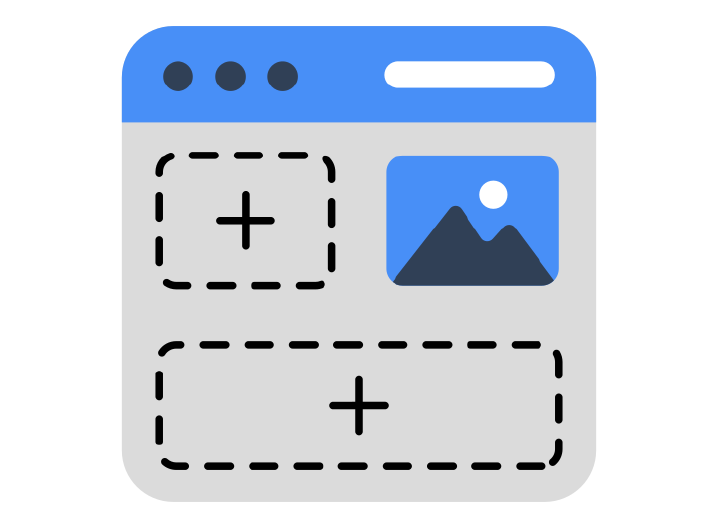Best Practices for Using Images on Websites

- Images are a great way to enhance the visual appeal of a website and add context to the content. However, they should be used carefully to ensure that they add value to the content and don’t make the website less accessible.
- Using images to present text in an alternative style is not recommended as it can make the website inaccessible to those who use text-only browsers. Instead, text should be presented in an accessible format that can be easily read by everyone.
- Images come in various formats such as GIF, JPEG, and PNG. The appropriate format should be chosen based on the type of image and the desired display quality. For instance, GIF is best suited for images with line-art and flat areas of color, while JPEG is ideal for photographs that contain many color variations.
- Reducing the size of image files is essential to minimize the download time of web pages. Several techniques can be used to optimize the download time, including using the correct size in image processing software and providing a thumbnail for a large image with a link to the full-size copy.
- Accessibility is another critical aspect of using images in web design. While alt text is essential for screen readers, images can also enhance comprehension for people with cognitive and learning disabilities. Providing illustrations, maps, charts, etc. can help explain complex concepts more effectively.
- Animations on web pages can enhance content by presenting media content or by focusing attention on important content. However, poorly designed animations can be annoying and distracting. It is best to keep the animation short and user-controlled.
- Color should not be used as the sole means of conveying meaning in images. It is essential to ensure that no meaning is lost when colors are removed, even within images. Additionally, images that convey text must present that text with sufficient contrast to ensure readability.
- By following these best practices, images can enhance the overall user experience of a website while ensuring that the content is accessible to everyone.


